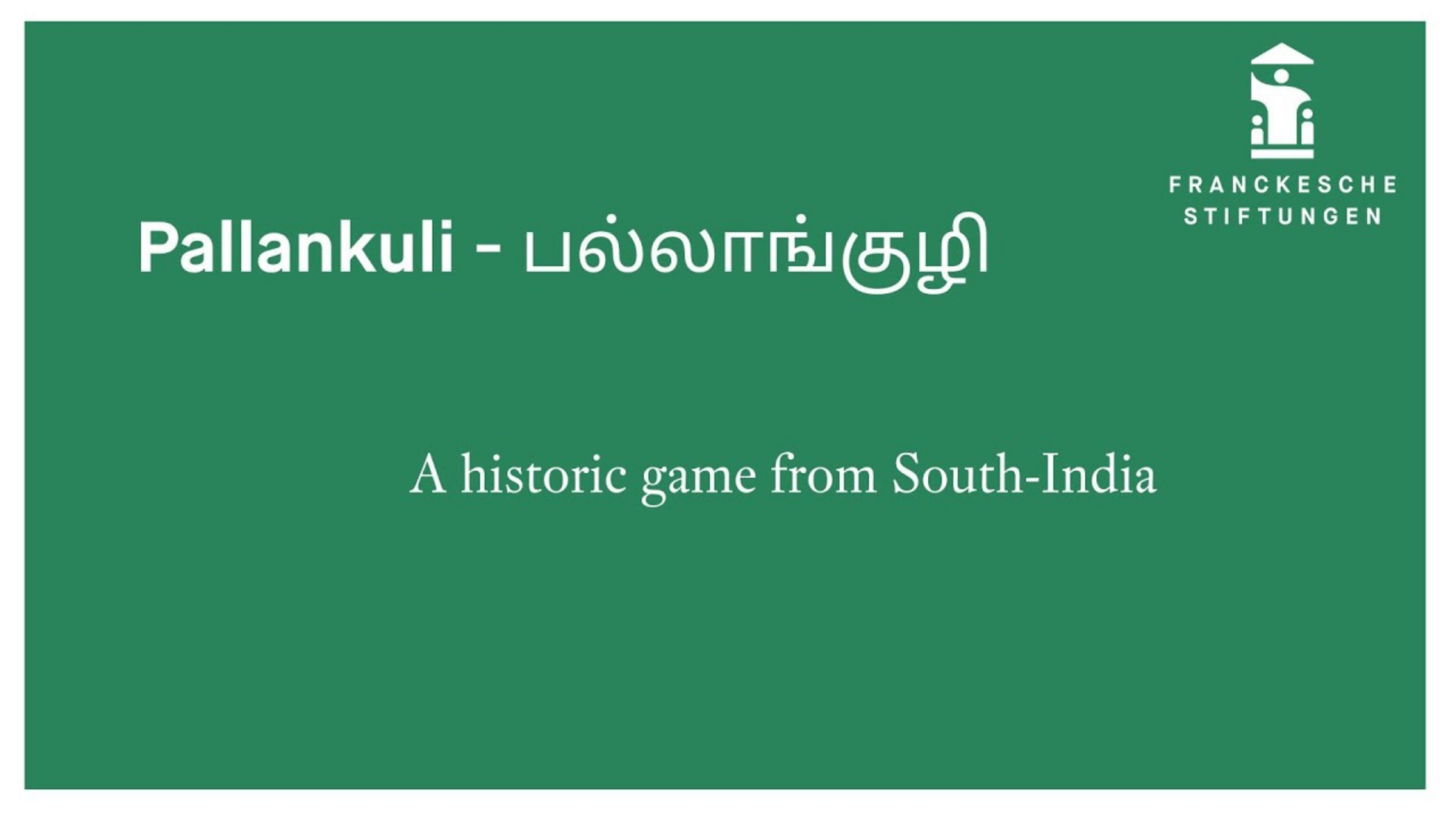Have you found them? There are 6 corks in total.
Not enough yet? Can you find the crocodile made of fabric?
Natural history was the driving force behind the scientific revolution of the 18th century. The more natural objects, i.e. minerals, stones, plants and animals, became known, the more visible their diversity became. This created the need to develop a general system in which every stone, every plant and every animal had its fixed place.
From 1750, the natural system of the Swede Carl von Linné (1707-1778) dominated. In the orphanage, the art and natural history room was the central place of natural knowledge. Between 1735-1741, it was completely redesigned, reorganised and redesigned by the Altenburg-born artist and naturalist Gottfried August Gründler. This is shown in the excerpt from the 1741 catalogue.
But the objects have completely different names, meanings and functions outside these cupboards.
When entering the Francke Foundations' Cabinet of Artefacts and Natural Curiosities, many visitors are amazed at the number and variety of objects on display. Some of the magnificently painted cabinets contain fossilised birds' nests, giant starfish and strange death masks, as well as a dried Hungarian cheese and tiny silk shoes from Asia. A stuffed crocodile hangs above the guests' heads, a large model of a planet takes up the centre of the room and paintings and weapons adorn the walls.
In our miscellaneous puzzle gallery, you can see several objects in the photo. At first glance, the miscellaneous items appear to follow a theme, but they also contain objects of other orders. How many corks can you see in this picture?
Have you found them? There are 6 corks in total.
Not enough yet? Can you find the crocodile made of fabric?
In the 18th century, the shell collection in the Wunderkammer comprised over 400 pieces, including many species of mollusks, crustaceans, and pearls from all over the world. The majority of the collection was acquired and used by the foundations' new secondary school in 1835, so only a fraction of this collection is on display today.
There are many shells, snails, and starfish to be seen in our collection. But how many corals are hidden in between?
There are two corals (bottom left and top right).
But where is the button?

Pallankuli is known by many names around the world. In Germany, it is more commonly known as the »Bohnenspiel« while the African variant is called »Mancala«.
The painter and engraver Gottfried August Gründler faced an incredibly complex task when redesigning the Wunderkammer. He worked for a total of five years to organise thousands of objects according to the latest scientific findings. However, the design and painting of the cabinets remained unfinished.
Help us: Design a Wunderkammer cabinet and invent your own order for all the objects - just print it out, colour it in, cut it out and... tidy up - have fun!
Send a photo of your cupboard to: oeffentlichkeit@francke-halle.de. We look forward to seeing your creations!